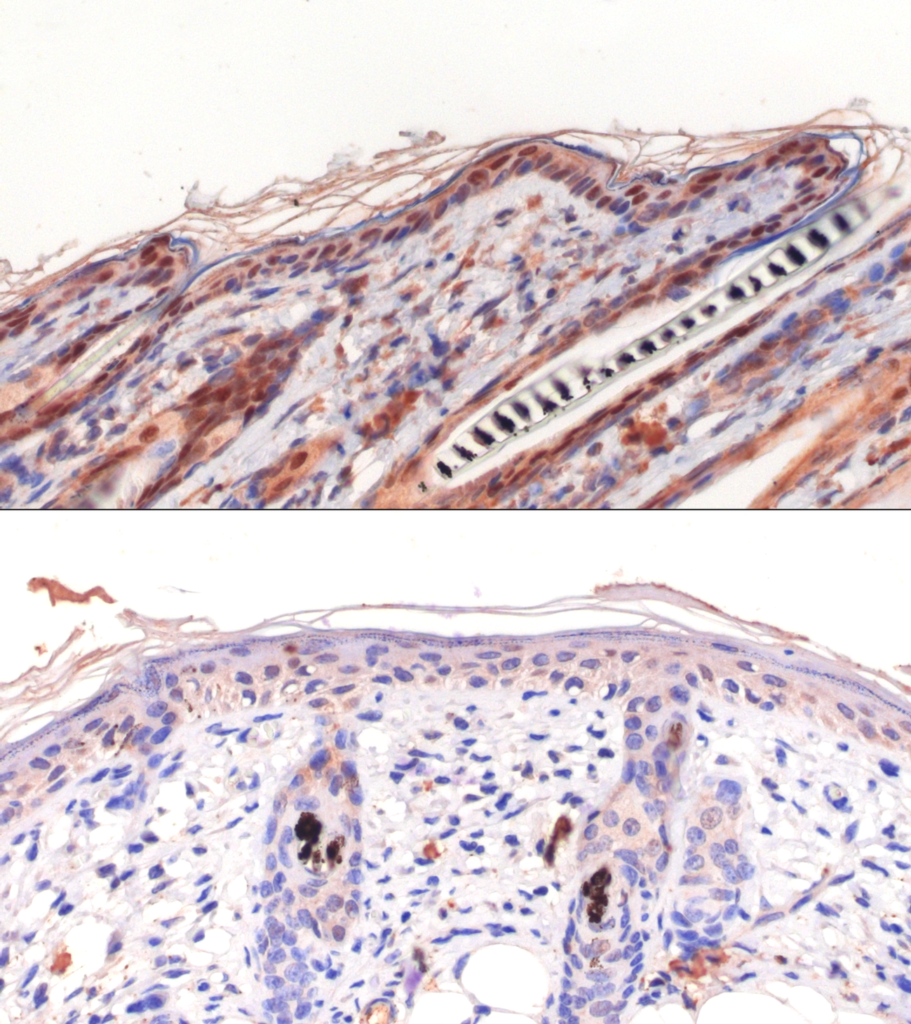
Mammals adapt to low-oxygen environments by producing extra red blood cells to efficiently carry oxygen to tissues. Some athletes even try to take advantage of this phenomenon by training at high altitudes, where thinner air triggers an increase in red blood cell numbers to delivery more oxygen flow to muscles. But until now, scientists haven’t understood exactly how cells become aware of oxygen levels to begin this physiological reaction.
In a new study published in Cell Reports, Northwestern Medicine scientists have revealed that mitochondria are responsible for detecting changes in oxygen levels and can activate a chain of events to respond to inadequate supply, a condition called hypoxia.
“This is a fundamental question in biology: How do the cells in our body know the difference between high and low oxygen levels to activate genes for metabolic adaptation?” said study leader Navdeep Chandel, PhD, David W. Cugell Professor of Medicine in the Division of Pulmonary and Critical Care Medicine.
Using mouse models, Robert Hamanaka, PhD, a former postdoctoral fellow in Chandel’s lab, showed that mitochondria in the skin release oxygen-containing molecules called reactive oxygen species (ROS) in hypoxic conditions. The ROS then activates transcription factor proteins called hypoxia-inducible factors, which in turn cause blood vessels in the skin to widen. This widening allows more blood to flow to the skin, while also starving the kidneys of oxygen. When kidneys don’t have enough oxygen, they produce a protein called erythropoietin (EPO), which stimulates red blood cell production.
“Athletes know that the best way to increase your red blood cell count is by either injecting EPO – doping – or going to high altitudes,” Chandel explained. “We have figured out how mammals know to turn on that EPO.”
The new knowledge could apply to diseases characterized by hypoxia, such as pulmonary hypertension.
“Now that we know the basic mechanisms of organismal oxygen sensing, we can explore whether the same machinery applies in diseased states,” said Chandel, who is leader of the Membranes, Organelles and Metabolism Program in the Robert H. Lurie Comprehensive Cancer Center of Northwestern University.
This research was supported by the Northwestern University Skin Disease Research Center and National Institutes of Health grants 1F32HL099007-01, T32 T32HL076139, T32 HL076139-11, 5R21AR061174-02 and 521HL112329-02.






